48 hours of Hell. September 25th through September 27th of 2024. At the time of this writing, 600 people are still unaccounted for in the mountains of North Carolina - that’s on top of the 133 confirmed deaths. There’s no other way to describe it. It’s Hell.
Where I rode out the storm in Grayson County Virginia, we saw 11.5” of rainfall in just under 24 hours. This is according to the closest USGS data collection station in Volney, VA, about 10 miles away. 10 miles isn’t close enough to give me accurate microclimate data, but it’s all I have right now. I will know more once the power is restored and I can access the data from our actual property.
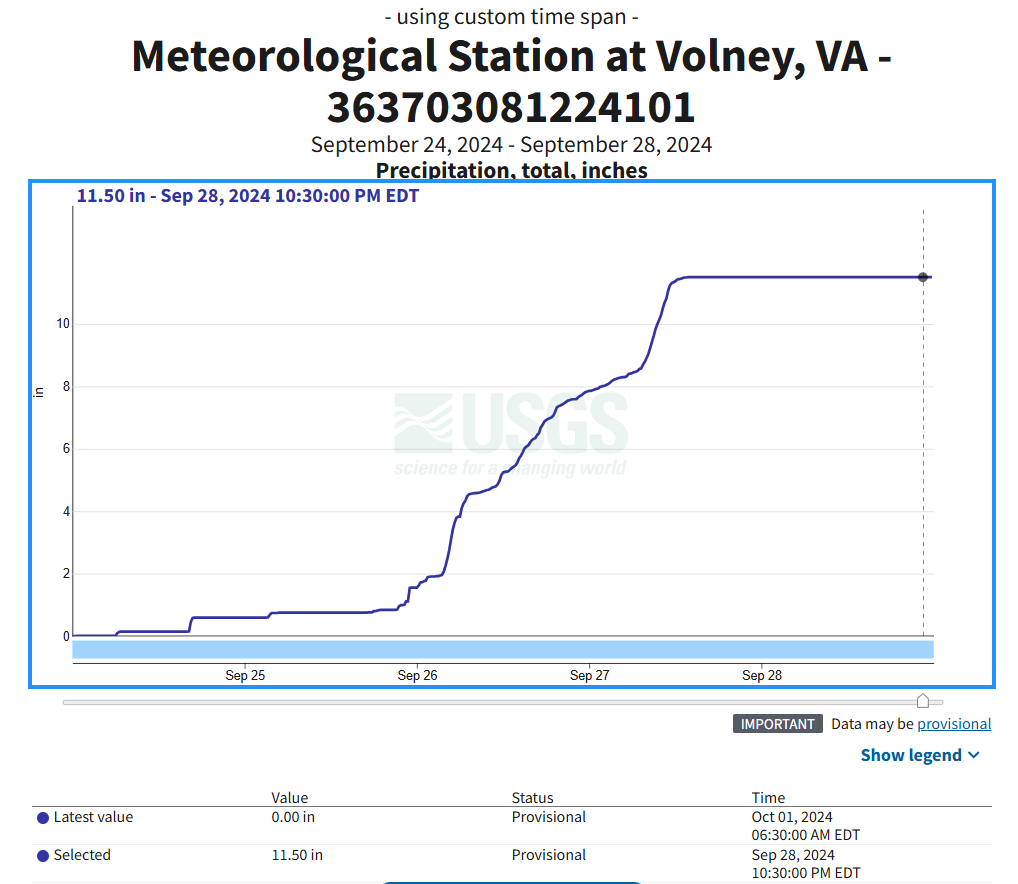
We need to talk.
Let’s connect some dots, specifically scientific dots.
-
The Earth is round - if you don’t believe it, stop reading now.
-
The Earth is warming - if you don’t believe it, stop reading now.
-
Climate change and weather are not the same thing.
-
Weather and microclimate data are not the same thing.
I would start with the first point, but no….just no. So let’s start with warming patterns and why that’s important.
Warming Trends
If we go back 50 years - a period that feels modern enough where we weren’t licking our fingers to figure out wind speed and direction - we can see a trend. Through the 1970’s there was a period of modest warming of about +.1C° to +.2C°. It continued to tick up through the 1980’s to +.3C° to +.4C°. This continued pretty exponentially to now - where those numbers are +1.2°C to +1.3C° (so far in the 2020’s). Don’t believe it or skeptical? The four sources I considered credible were NASA’s Goddard Institute, NOAA, The Intergovernmental Panel on Climate Change, and Berkeley Earth. This is what that looks like over the last 5 decades:
1970s: +0.1°C to +0.2°C above pre-industrial levels.
1980s: +0.3°C to +0.4°C.
1990s: +0.5°C to +0.6°C.
2000s: +0.6°C to +0.8°C.
2010s: +1.0°C to +1.2°C.
2020s (so far): +1.2°C to +1.3°C.
So why is that so important? Our atmosphere is made up of 5 layers. From the outside in, it’s the Exosphere, Thermosphere, Mesosphere, Stratosphere, and Troposphere. For purposes of this entry, we’ll stay inside the Stratosphere even though the remaining three play significant roles.
The ‘world’ we live in is the first 12km which is the Troposphere. It’s the lowest part of the atmosphere where weather lives. About 75% of this layer is water vapor and aerosols. This is where our weather patterns are formed. Water vapor plays a significant role in the Hydrologic Cycle, serving as a key component that directly influences weather patterns including rainfall and wind.
My focus and research on circular/regenerative systems had me queued in on water years ago. I might argue it’s the most important of Earth’s systems to humans.
The quick and gritty of the water cycle is evaporation, condensation, precipitation, and infiltration or runoff. Current warming trends have increased evaporation which has increased atmospheric moisture. Water vapor is a greenhouse gas, so more water vapor amplifies warming. It’s a persistent feedback loop. When we have more evaporation, we have higher humidity. Warmer air holds more moisture. Dense clouds are harder to move. Heavy rains with slow movement cause accumulation. Soil structures impact runoff and down the creeks and rivers, we go.
I started taking gage and discharge readings of the New River on Thursday the 26th. This was roughly 12 hours before Helene made landfall in Florida 700 miles away.
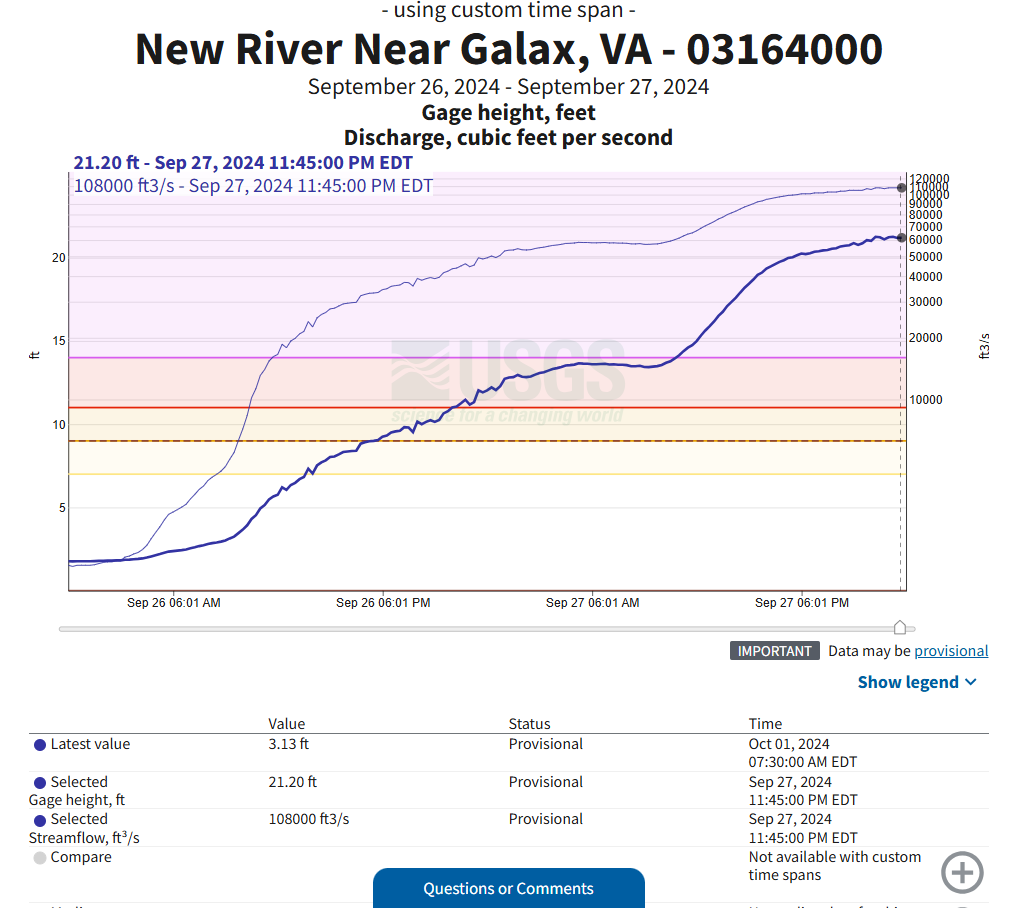
The top line is the discharge of the river (in cubic feet per second). The bottom line is the gage or the ‘height’ of the river (in feet). The shaded yellow is moderate, the red is severe, and the purple is catastrophic. At its height, the New River in Galax was 21.19ft above stage and discharging nearly 108,000 ft3/s which converts to 807,896 gallons per second. In recorded history, the river has never seen these levels. This was the result of unprecedented rainfall totals in unprecedented intervals.
A shitload of rain. A short time.
There are more nuances and contributing factors like hydrophobic soil, population density, and zoning. Monoculture cropping with empty, chemically fertilized fields leads to higher runoff, etc - etc….but nuances lead to politics and politics lead to beliefs and beliefs lead to understanding. I already wrote a piece about awareness vs consciousness.
https://mirror.xyz/oriongrowth.eth/Zyxvs0uYuU1CVJSs6Nwy8VlczMo-Ew-oV1L7rQ4WxeI
This is about connecting the dots between what we experience (weather) and why it feels like it’s so damn extreme.
Weather patterns are symptoms of climate change. The atmosphere is responsible. The atmosphere is warming, causing more water vapor, which causes more humidity, which causes fat clouds, which slows upper atmosphere winds, which allows precipitation to fall for longer periods. It’s a cycle. It’s a circle. It’s a regenerative system. Composability, persistence, and interoperability. It’s a loop, and it’s not a healthy one.
A cold day in February or a record snowfall event doesn’t mean warming is not happening. It’s the same phenomenon when the earth tilts and seasons change. The troposphere is part of the global atmosphere and our local weather is a function of our microclimate data.
We can’t improve what we do not measure.
I’m two weeks away from having a complete year of microclimate data from The Retreat at Firefly Farm. I started with 8 sensors and expanded to 12. I adjusted some of the period readings from daily to hourly and others to every 30 minutes. I began to ‘see’ in terms of the 4 basic buckets - Sun, Soil, Air, and Water. UV intensity, Precipitation Rates, Soil Temperatures, and Moisture levels became of particular interest. When I got to the farm last week and looked at the data, I could see it all unfold in front of me. The data allowed me to make inferences, which allowed me to cross-reference sources (National Weather Service Radar and USGS Water Dashboard) and even make some predictions. This is what it looked like:
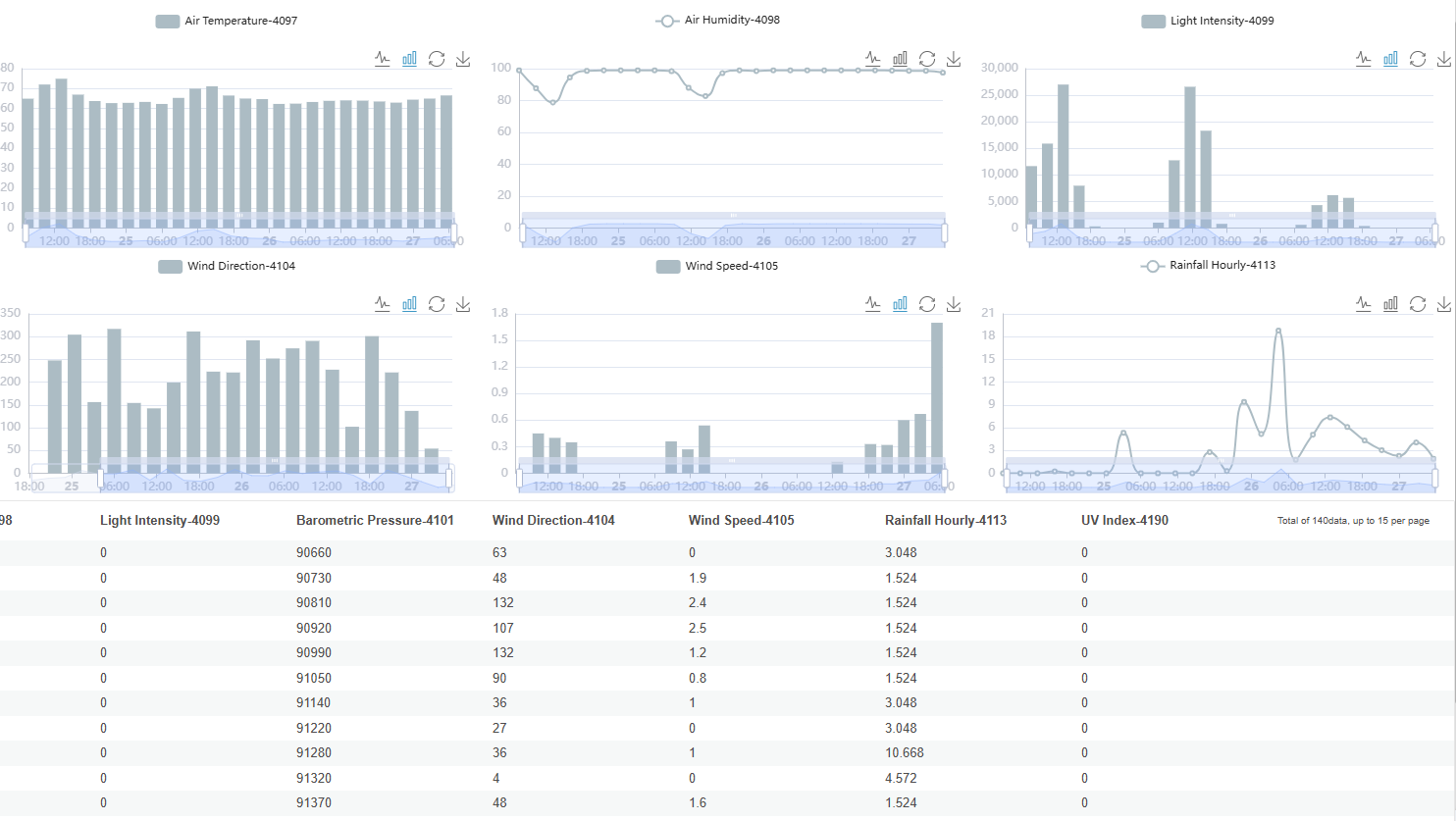
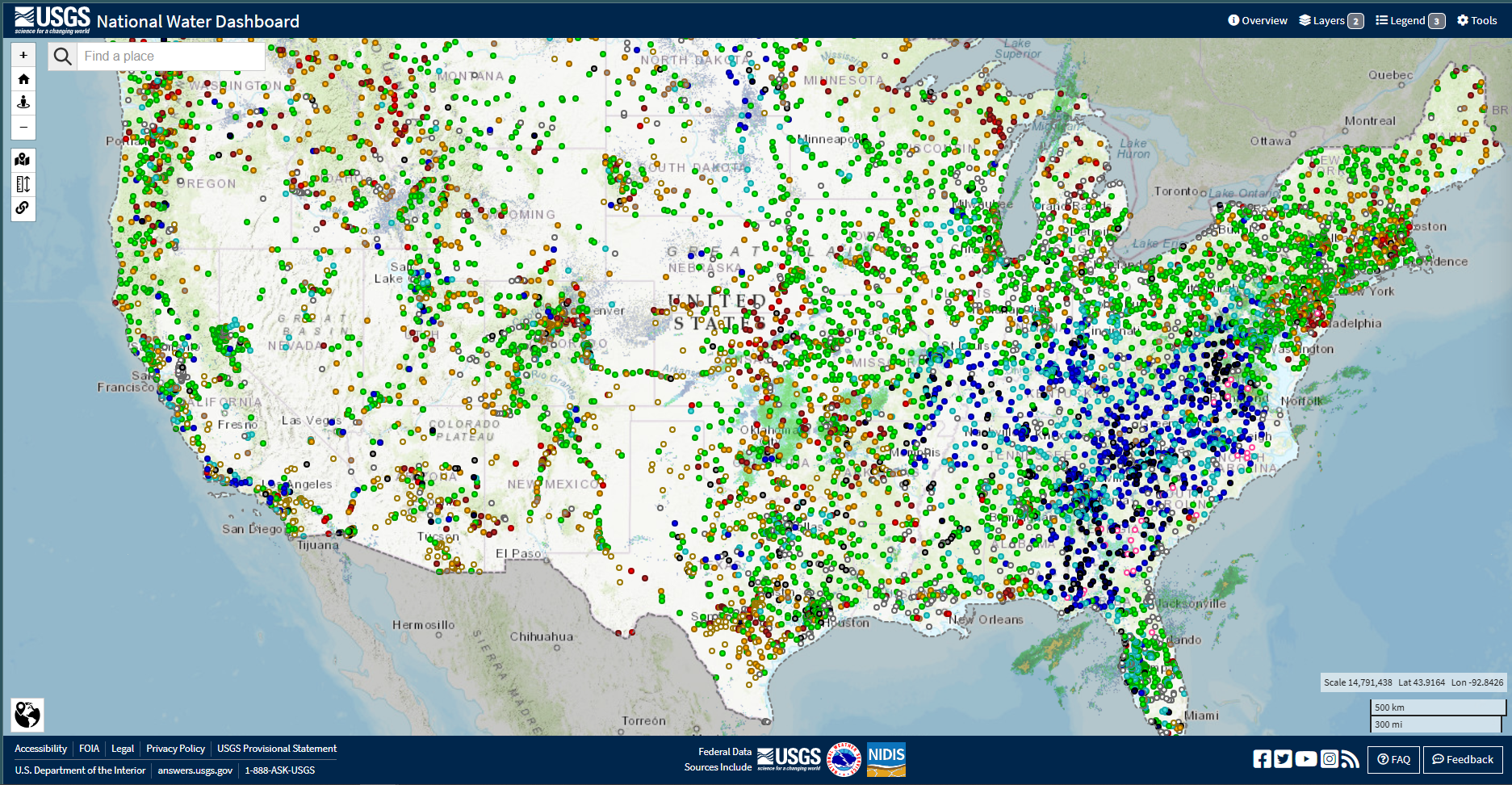

There isn’t time for any more denial. We have to leave those who aren’t ready behind. That’s what happens in moments of crisis. Some people don’t perceive the threat and get caught up in it.
This isn’t our Grand Daddy’s Farmer’s Almanac or the neighbor’s hip tightening up forecasting rain. Cows don’t lie down before a storm and chemical fertilizers are not inert. A little spray here and a little spray there has an impact. Forever chemicals are forever.
It reminds me of my favorite slide from my Open Innovation workshop: tiny giants.
Little decisions, made consistently, over time have compounding results - either positive or negative.
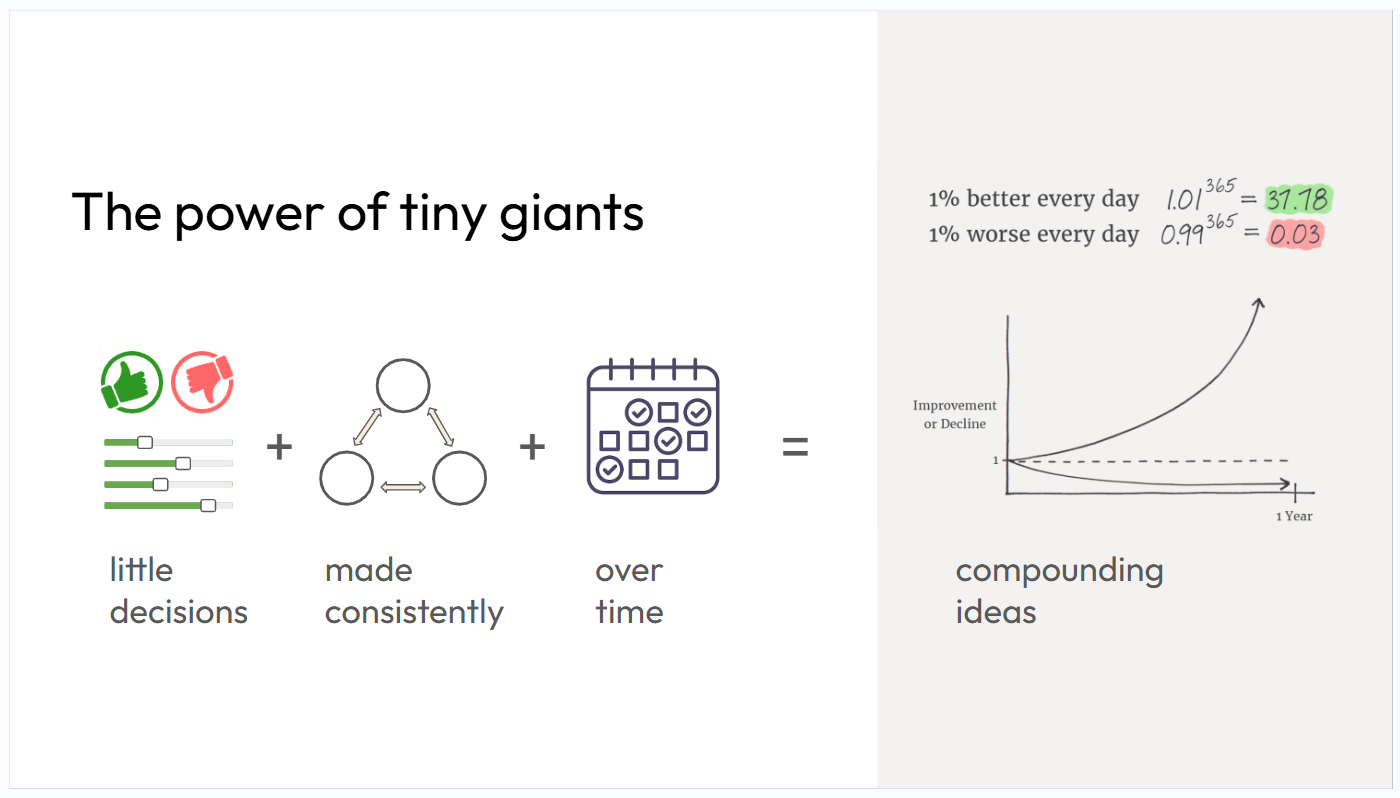
We have to ask ourselves if we’re behaving 1% better every day or if we’re behaving 1% worse every day.
We can’t improve what we do not measure.
We are measuring, but we’re not improving.
Helene wasn’t freak. It wasn’t ‘unfortunate.’ It wasn’t beyond our control. It was predictable. Microclimate data is available. Global warming is happening. Tragedy will continue. Our response to these tragedies, however, may not.
Once the remaining 600 people have been accounted for and the search and rescue moves into recovery - we will rebuild. The question remains, will we rebuild our beliefs along the way? Will we rethink our systems and our behaviors? Will we become tiny giants for the benefit of our future generations or will we continue down the path of decline?
I know my choice.
PS - I’m in search of a new job. After what I witnessed this week, I can’t think about spending one second of energy convincing anyone of anything. It’s time to build. If you know of a purpose-driven business based on transition investments, ecological economics, edtech, or climate-tech - please reach out. I’m open to a fractional position if it will help make an impact. CV upon request.
Song pairing:
https://open.spotify.com/track/3K7J5Zc64k9FzKAgaSWmu5?si=f72c2758f1794b8b
lyrics:
Texts I’ve received while writing this:
“Thank you for all you do to connect and support those in your sphere.”
“The biggest challenge is getting the road to hold that weight - and more rain is set to come in on Friday.”
“When you approach the bridges to remove the debris - make sure you walk around and listen before you fire up your chainsaw. The people we’re finding are stuck under the bridges.”
“Access by vehicle to Church Ridge is impassable by mudslide. Max’s buddies did all they could the other day (working their asses off) and cleared a small walking path so they can get out by foot.”
“We just need something that can push + a large chainsaw. There weren’t any cars or people in the houses. Also - the house has collapsed in one area - heavy equipment will struggle to get up there. They need to take extreme caution.”
“We are good! Cut our way out and got down to Greenville. Met my partner at the Greenville airport and got a hot shower - the only thing I really missed! We have supplies and we’re headed back up. Grateful (again) for our Outward Bound experiences and how to thrive in chaos. We will rebuild!”
The worst messages are the ones that haven’t been answered. The silence is gut-wrenching.
Appalachian State University Disaster Recovery Page American Red Cross Samaritans Purse GoFundMe
Reach out to me directly - I will be making several trips up the mountain.




评论 (0)